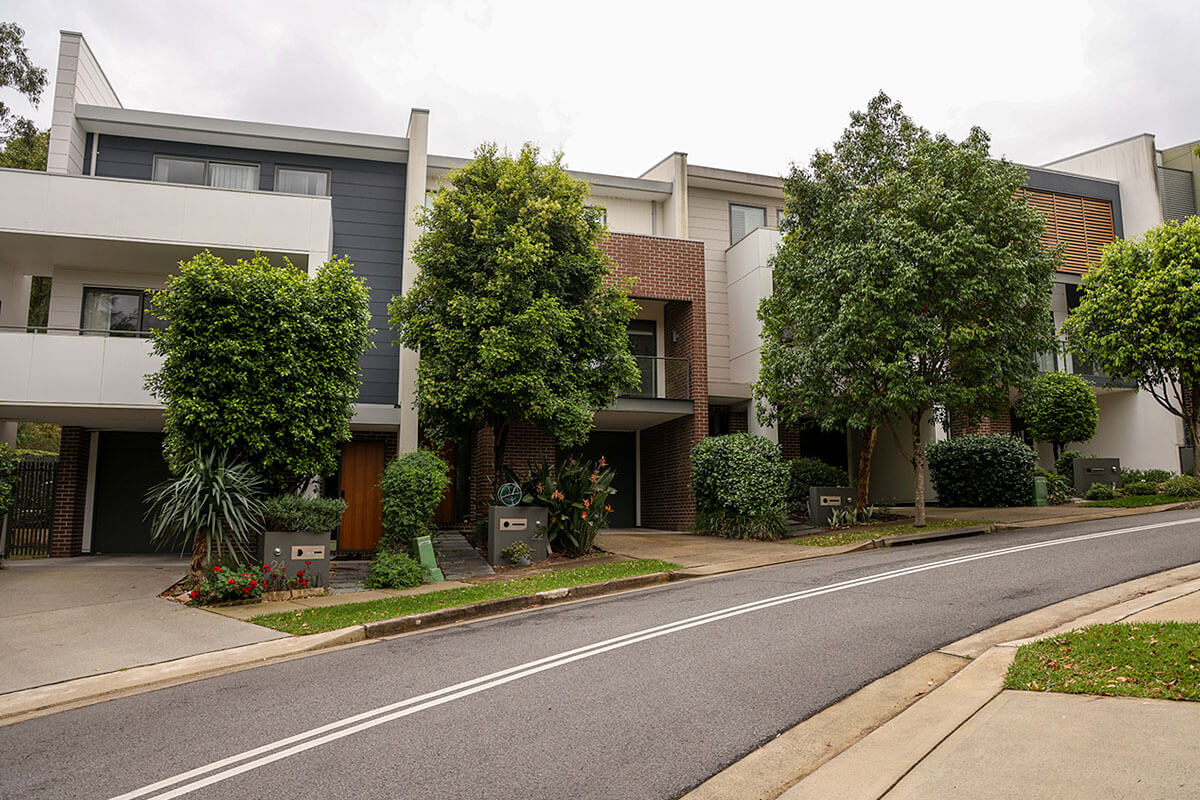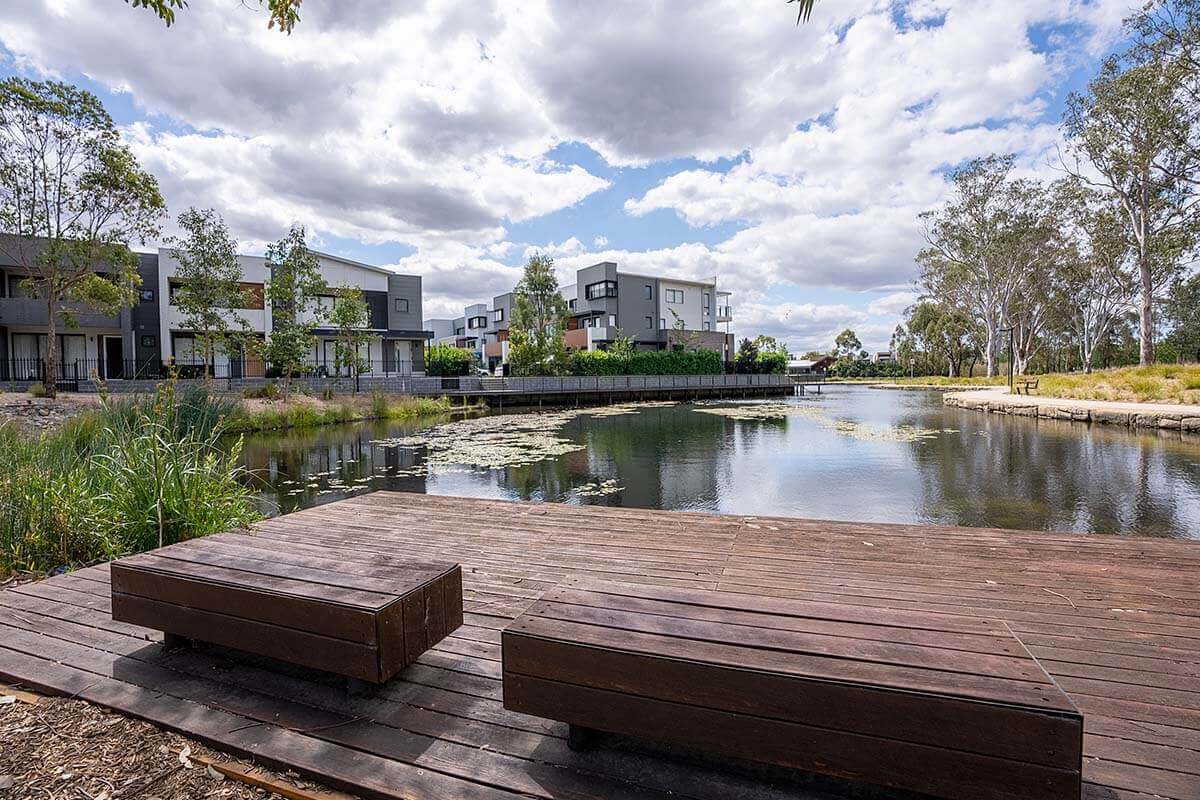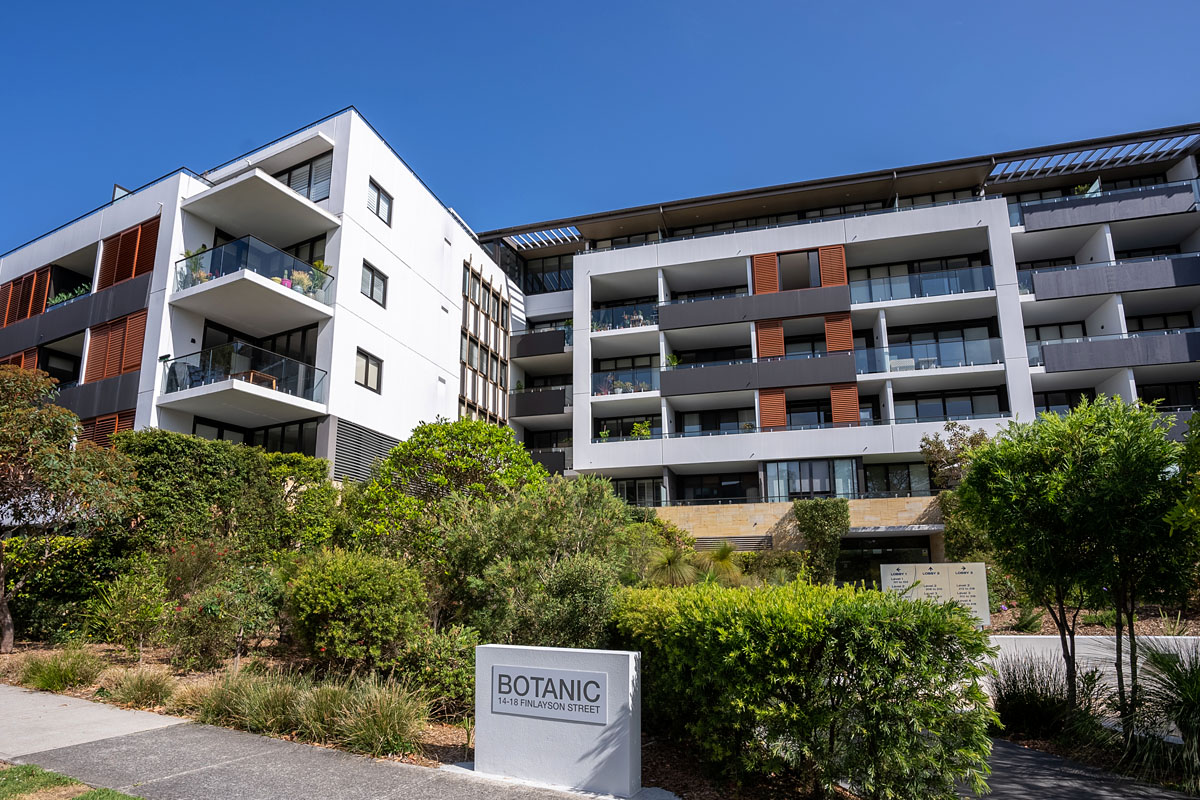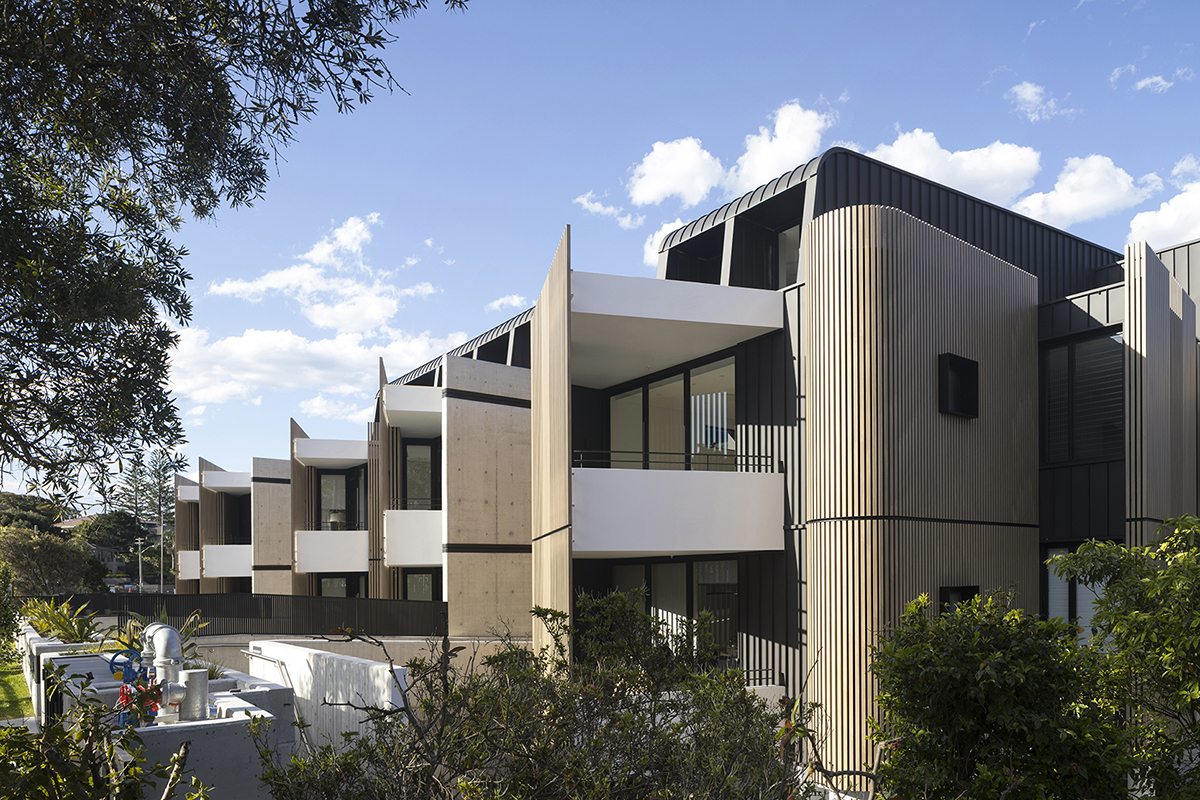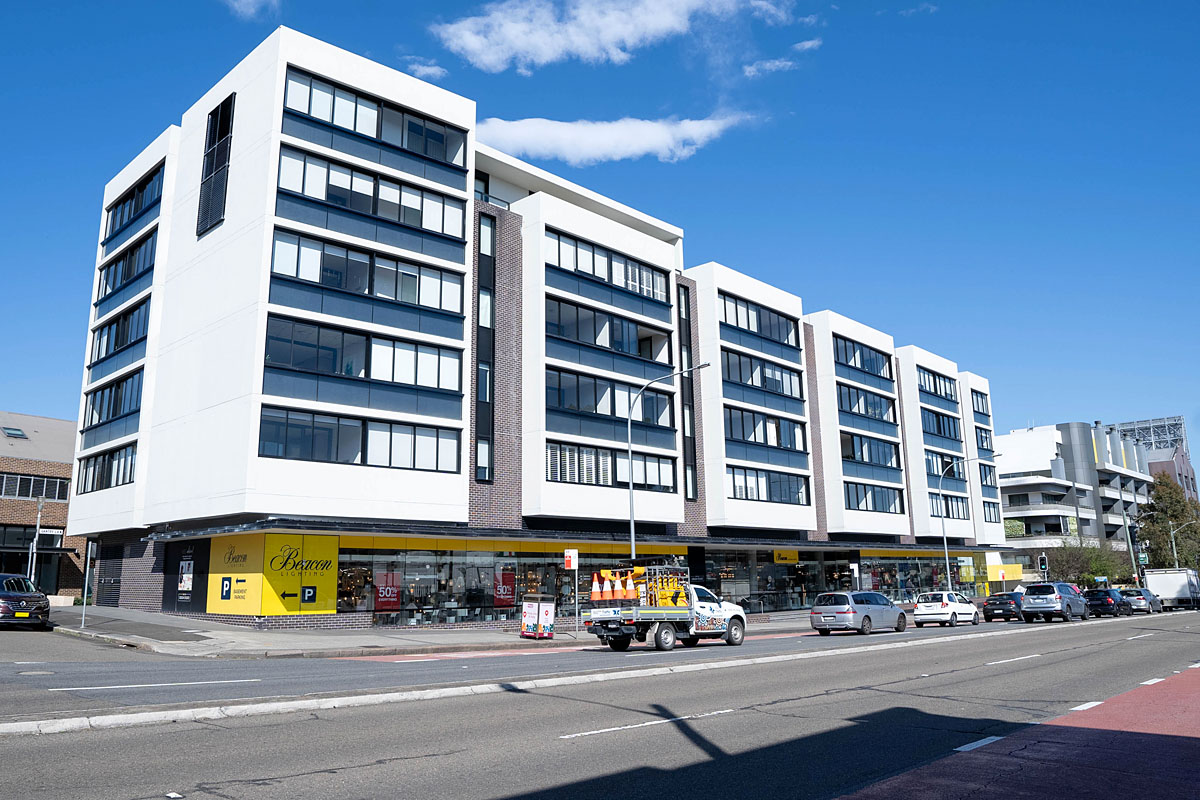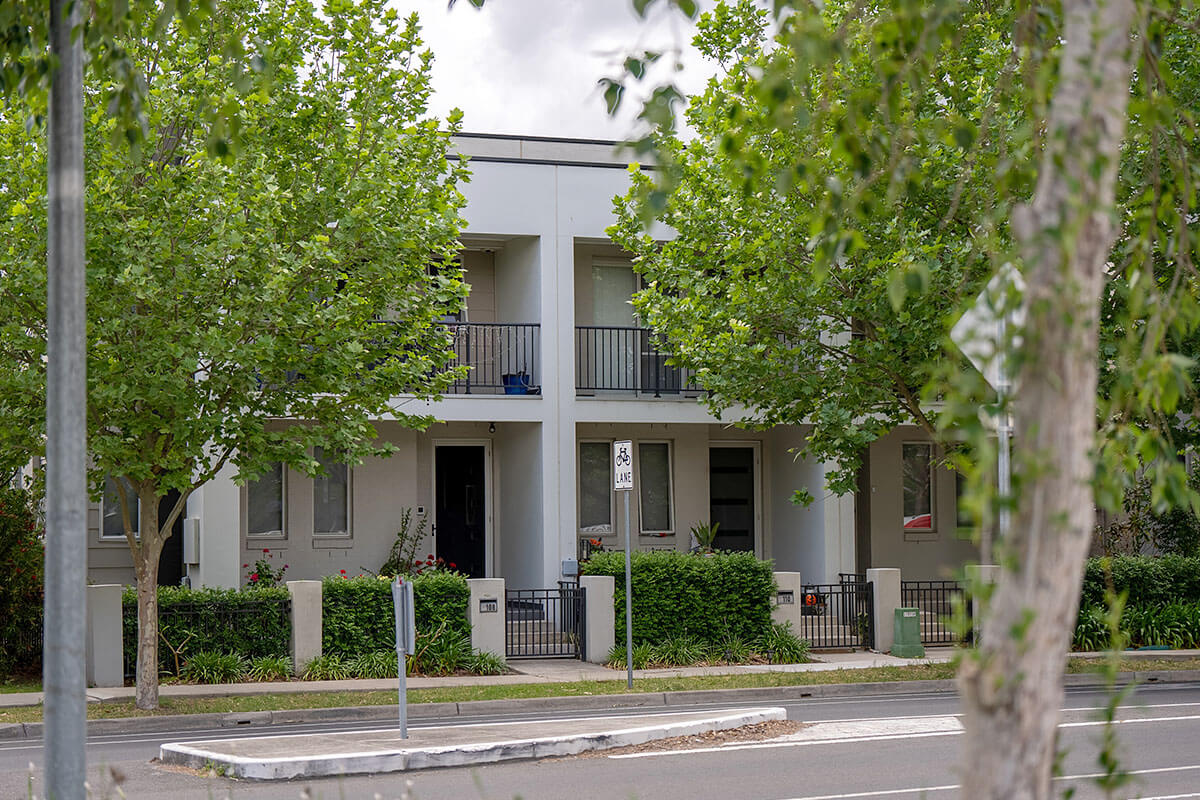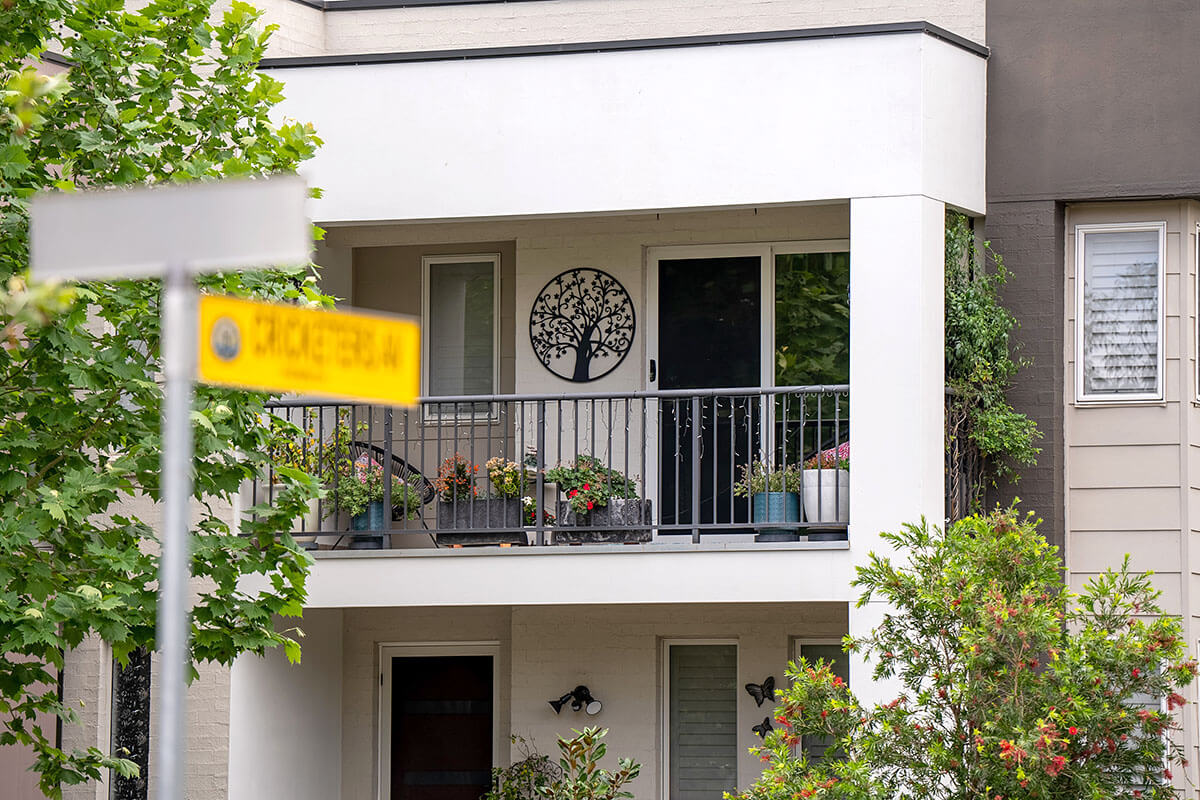What the Department heard from public consultation
Between 15 December 2023 and 23 February 2024, we placed on public exhibition the Explanation of Intended Effect: Changes to create low and mid-rise housing (PDF, 2.4 MB). The document detailed the intention of proposed planning changes to unlock more low and mid-rise housing.
In response to the public consultation, we received nearly 8,000 submissions. 49 councils made a submission and 143 submissions came from peak bodies and community groups.
We held briefings and workshops with many councils and other stakeholder groups. We have consulted with individual councils to make sure the policy best serves our community’s housing needs.
Read the Submissions Report: Low and Mid-Rise Housing Policy.
What individuals said
Most submissions (7,633) were from members of the community who commented on a wide range of issues from the housing crisis to local amenity. Views varied, with some supporting more housing opportunities in the right locations while others stressed the need for accompanying infrastructure, greenery and environmental protection.
What councils said
We received 49 submissions from local councils covering topics including approaches to planning, infrastructure, amenity and the environment. Specific concerns included managing natural hazard risks, heritage impacts and traffic. Councils also provided feedback on proposed building heights and the capacity of stations and town centres to accommodate more homes.
What government agencies and stakeholders said
We received submissions from state government agencies like the NSW Environment Protection Authority and Water NSW, as well as professional and special interest groups. Their feedback covered various topics focusing on their areas of interest.
Industry groups largely supported the proposed changes as an opportunity to improve housing diversity and supply. They provided feedback on the proposed development standards, the identification of centres and considerations around public transport, heritage management and natural hazards risks.
How we’ve listened and acted
Some of the most common issues raised were concerns related to traffic and congestion, the protection of local character and the need for accompanying infrastructure and green spaces.
In response to community feedback and further consultation with councils, the policy won’t apply to flood- or bushfire-prone land, other high-risk-constrained land or land that constitutes or contains a heritage item. Similarly, to ensure housing is supported with infrastructure, only well-located areas that have walkable access to a wide range of shops, services and public transport will be included in the policy.
To preserve local character, heritage, and employment centres, the changes won’t apply in the town centres themselves (E1, E2, MU1 and SP5 zones). Many of these areas have detailed planning that ensures high quality public spaces and jobs are provided.
We are adjusting the proposed maximum building height and floor space controls while keeping the Apartment Design Guide unchanged.
